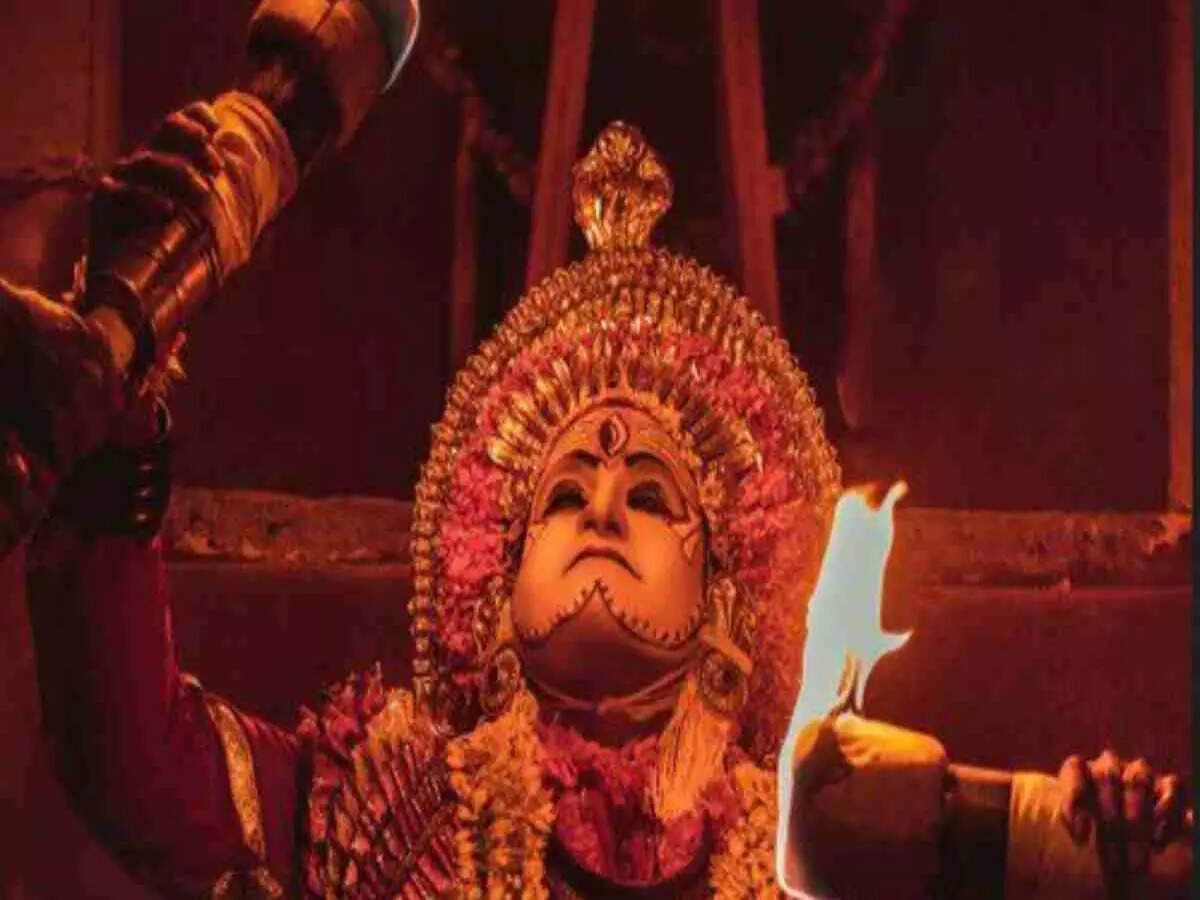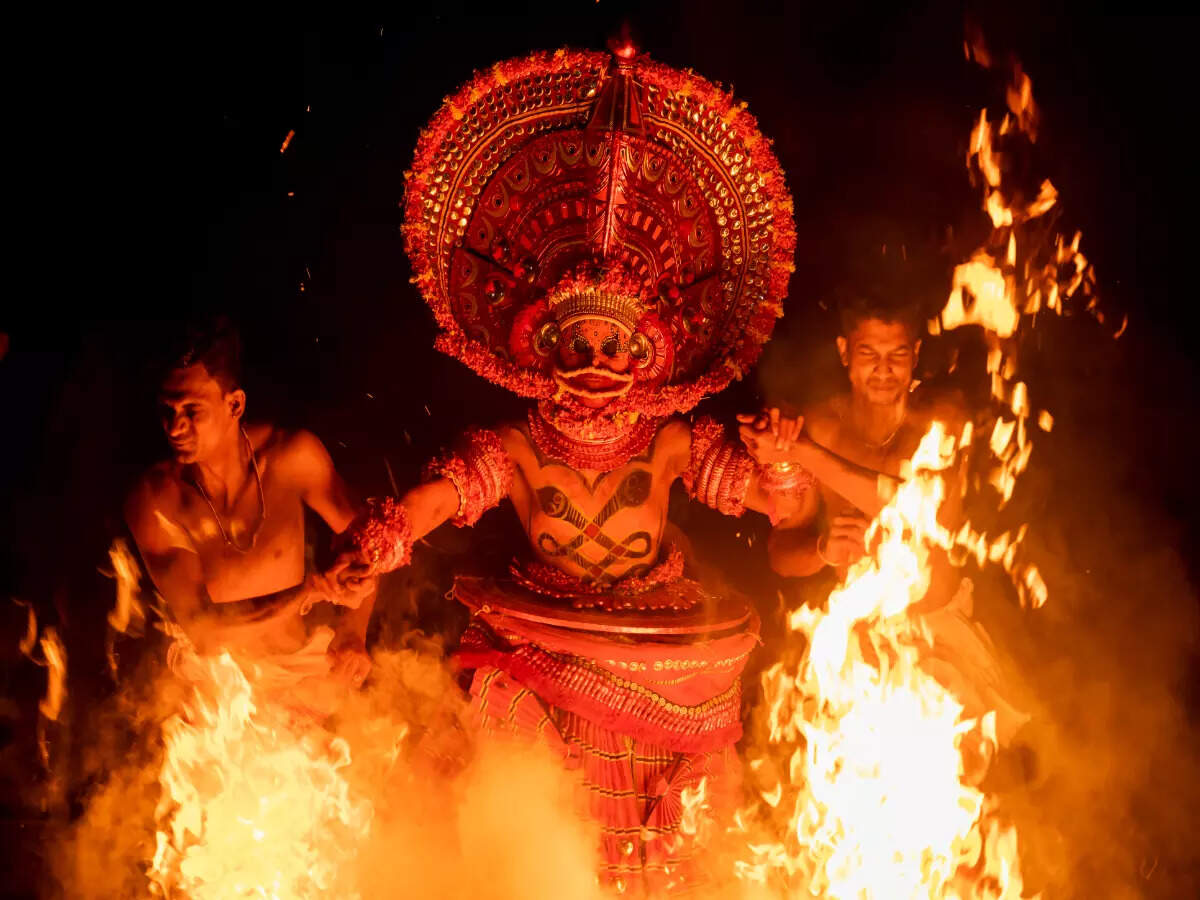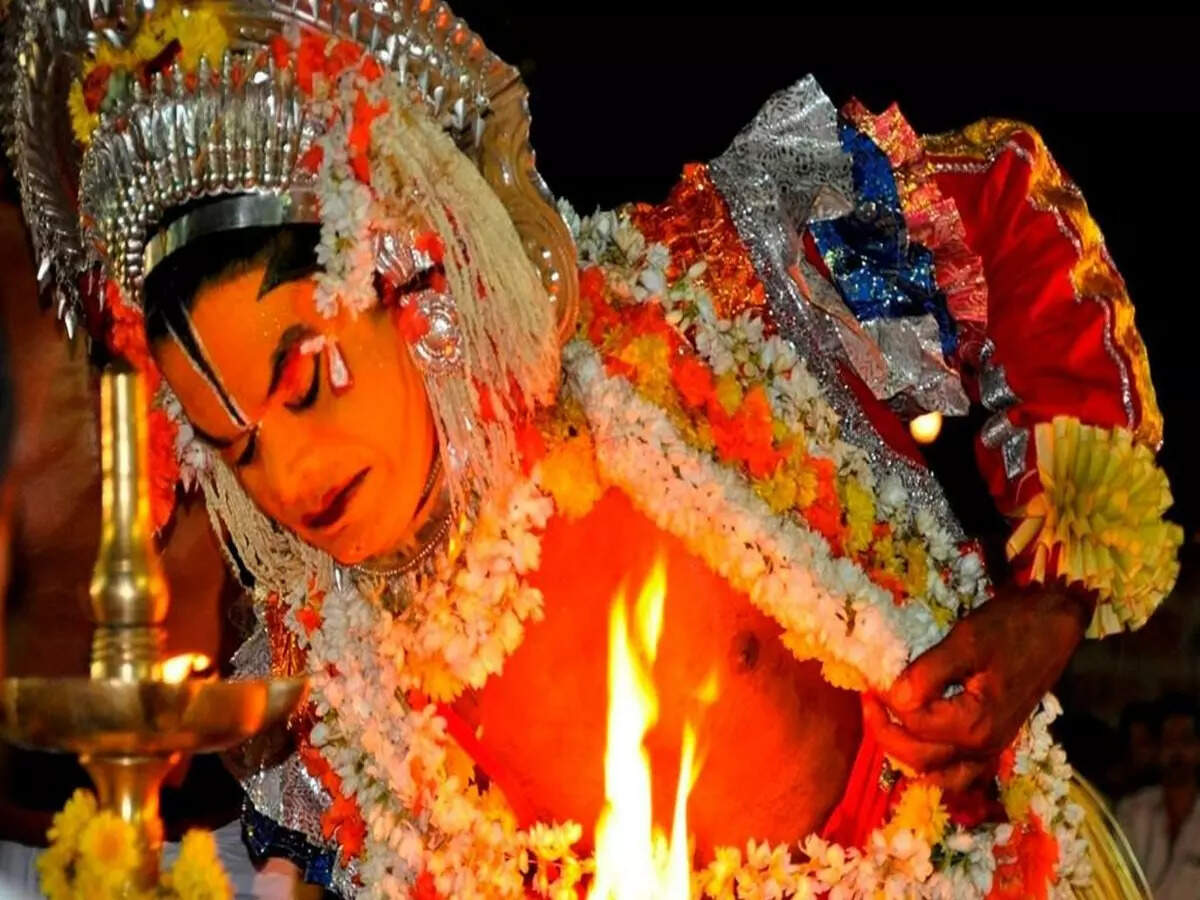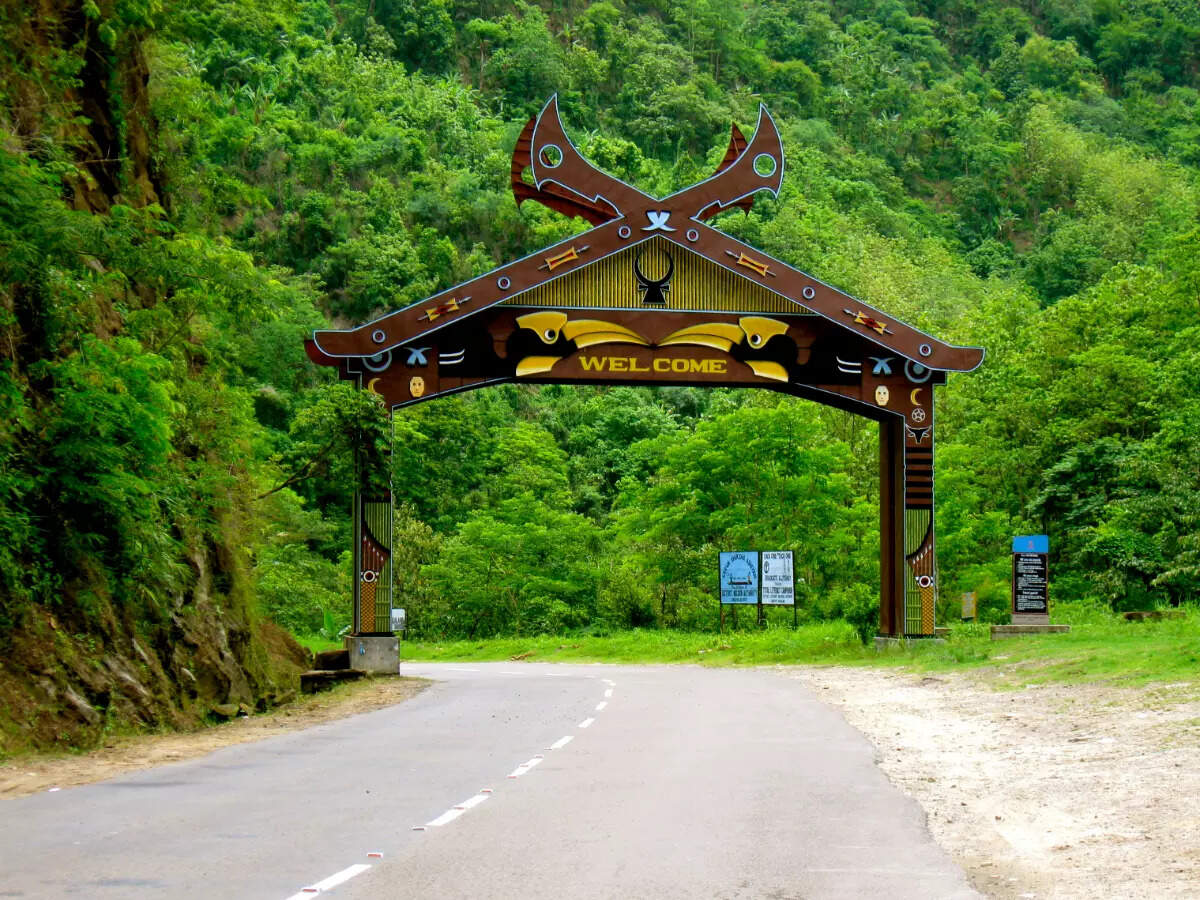
There is a big plus to the film
cantara – when folklore is involved, it’s always a good idea. It’s not just about the interesting stories that are told in the process, but also about so many new things we learn about a particular community or place. When you mix that with travel, you have experiences that are not only unique, but are also something you’ll be talking about for years to come.
Read also:
The legend behind Namada Chilume of Karnataka
The film, Kantara, is based on the culture and folklore of a community and a place that usually doesn’t see the light of day. Keradi in coastal Karnataka is where this film was shot. Kantara movie might be a fictional story, but it is definitely inspired by the real stories and traditions of Keradi village.

The film beautifully explores the ancient tradition of
Buta kola, ritual dance in honor of local deities. It is an annual tradition practiced in different parts of coastal Karnataka especially in the Tulu speaking regions. Does the importance of the demigods, the rituals dedicated to them, their influence on the local community and their beliefs, remind you of something similar? Are you also thinking about the tradition of
Theyyam from North Kerala?
You wouldn’t be wrong if you did why
Buta kola And
Theyyam they are closely related.

During the months of December to May, the annual ritual of
Buta kola runs where the local folklore, called
paddane, they are recited to invoke the deity. These rituals are usually performed, as per legends, to resolve conflicts between man and nature. In real life, the ritual is also observed as assemblies, where village conflicts are resolved. What we have here is folklore that inspires cultures and traditions, and this must be one of the most interesting things you will come across on your travels.
Just like we did
Buta kola And
Theyyam in the south, there is a similar story about the relationship between man and demigods or deities, from northeastern India.

Some of the Nagas of Nagaland and Manipur have one thing in common when it comes to their villages. If you’ve been exploring northeastern India, especially these two states, you must have come across large ornately carved wooden gates, just before you enter a particular village or town. Most travelers wouldn’t care much about this, maybe take a picture or two. They don’t know about the interesting reason these doors are placed in the first place.
For some, these gates are installed in honor of the Naga warriors. And then, there are some communities who believe that these gates are there to protect villages from all evil. In some of the Naga folktales, each village is said to have its own patron demigod, usually a hornbill.
For some communities these doors are sacred and no funeral procession can pass through them.
Now, there is no way to prove that any of these legends and folk tales from north to south are true or false. They exist as stories and one thing we can say for sure is that they are great travel stories to bring back home. Learn more about these stories on your next travels to these culturally rich places in India; there is so much more that is yet to come to the big screen.
- Where was the movie Kantara filmed?
Kantara film was shot in Keradi village in Udupi district, Karnataka. - What are the two main local traditions shown in the film Kantara?
Buta Kola, a ritual dance held in honor of local deities, and the Kambala ox race. - Is Kantara’s film based on real-life events?
The film Kantara is a work of fiction inspired by the true traditions of the people of the coastal regions of Karnataka.
